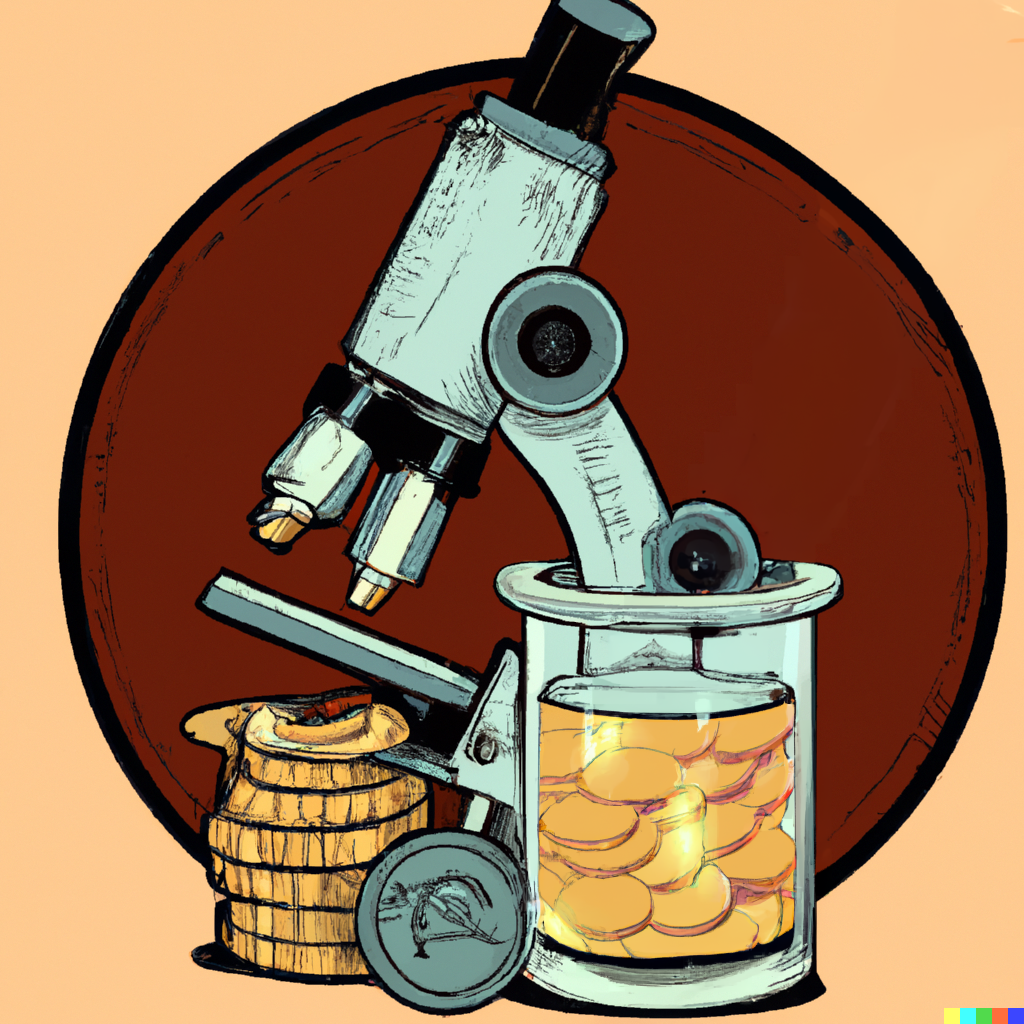Soft picks are made from wood, bamboo, or even thorns. Conversationalists hired by museums often use thorns. They’re significantly softer than the metal the coins are made from and its much harder to damage a coin when cleaning with them.
- Thorns: They’re put in a pin vise and used to pick away at the dirt. This can be seen in a video of depicting the cleaning of the staffordshire hoard (not coins) cleaning videos.
- Toothpicks: The first 5-10 pokes/jabs with them against a coin are decently effective.
- Bamboo skewers: I find them more effective than thorns and toothpicks and they’re easy to sharpen over and over.
When it comes to cleaning with these there are two considerations, do you use them with the coin wet/damp or do you use it dry. Different cleaners prefer one of there other and my preferences often change. Sometimes wet appears to work better and other times dry appears to work better… I start dry and switch to wet if I feel I’m not making great progress.
As for how to use these… you can rub them along the surface. (its important to not bare down when doing this) or you can place the point against a “pile” or some obvious dirt and apply pressure to it. This can be risky even with soft tools and without magnification or experience you’re likely to eventually remove features from the coin. This is unfortunate but inevitable, that is why its important to start with low quality coins while you build experience.
The reality is that soft picks are rarely effective when it comes to the coins I’ve received. I assume because all the coins that aren’t encrusted with minerals and hard deposits were picked out from finds long before I have the opportunity to buy them. That being said if you don’t have a microscope or some magnifier then these picks are really the best/safest tools you can use. If you use a soft pick to rub the surface between water changes then over a few months you can get a coin surprisingly clean. This is the slow but safe method to cleaning coins.

